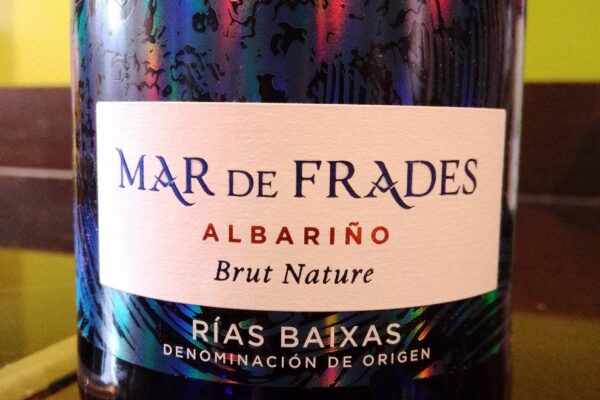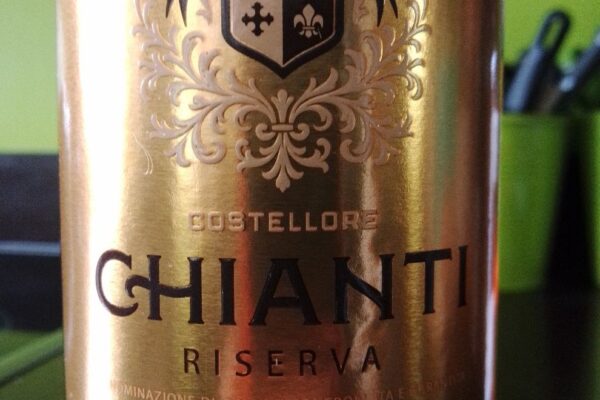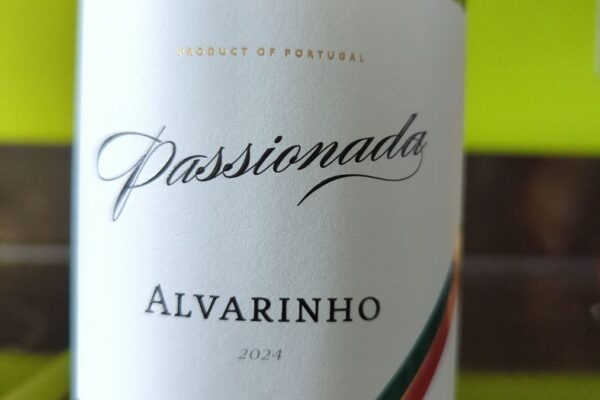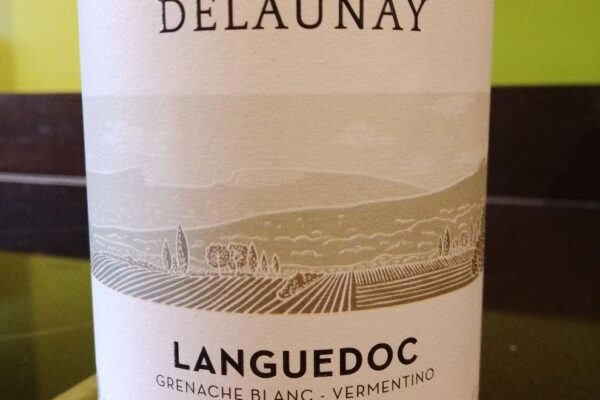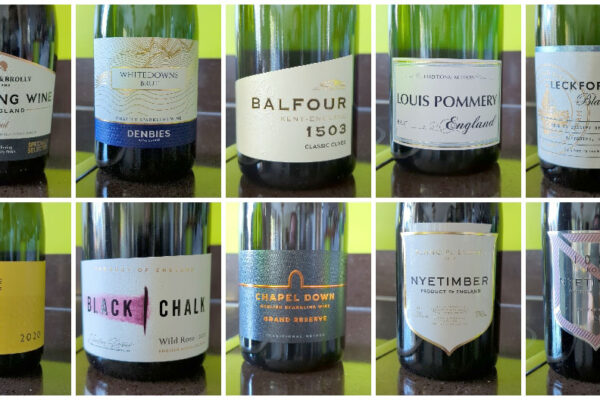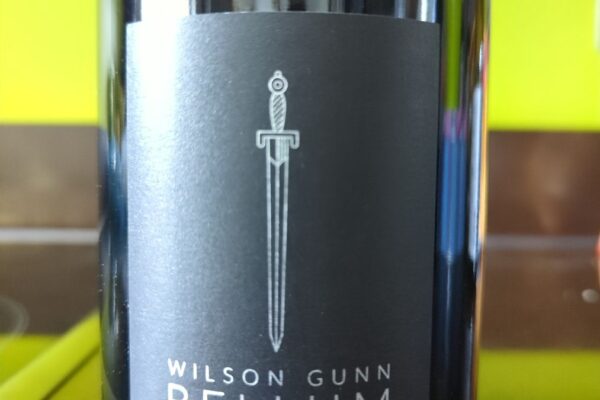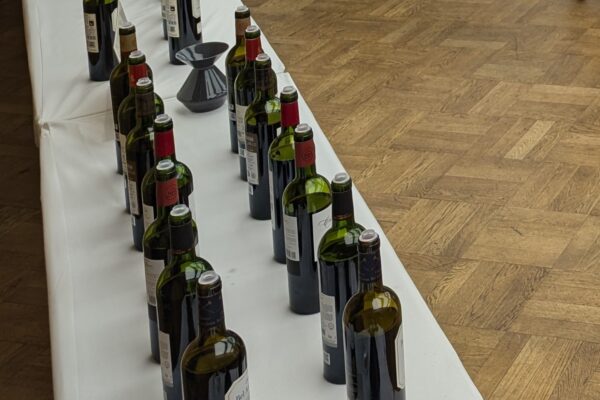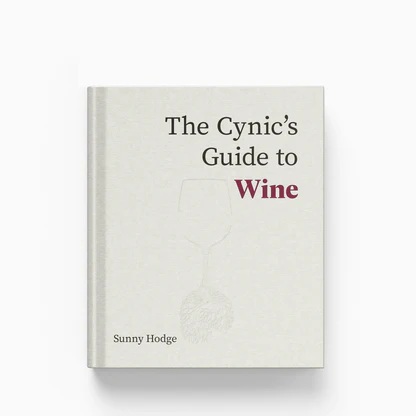
Sunny Hodge, a wine expert with an education in mechanical engineering, has carved out an unconventional path in the world of wine. Before entering hospitality, he studied engineering and later became a founding team member at Margot, the London restaurant from Paulo de Tarso and Nicholas Jaouën. He then went on to open two independent wine bars in south London, Diogenes the Dog and Aspen & Meursault, both of which have gained acclaim for their fresh approach to wine.
Hodge’s efforts were recognised when he was awarded Entrepreneur of the Year at the Southwark Business Awards. Now also a wine judge, writer, mentor and consultant, his reputation is one of someone who challenges orthodoxy while remaining rooted in knowledge and experience.
His new book (discount code provided later), published by the esteemed Académie du Vin Library, is less a polemic and more an intricately detailed exploration of what really shapes the taste of wine. Although the traditional concept of terroir is referenced sparingly, it looms large as a subject in the background, one that Hodge, seeks to reframe. The book does not argue that terroir is irrelevant, but it dismantles the idea that a few factors alone are responsible for a wine’s identity. Instead, Hodge builds an implicit, compelling case that human intervention plays a much larger role than many are willing to admit.
The book opens with a clear statement of intent. Assumptions are not enough, science must take the lead. Hodge draws upon a wealth of contemporary research, initially focusing on vine roots, minerals and the rhizosphere, to expose how vine health and wine quality are far more dependent on the balance of irrigation, the effects of rootstock and nutrient availability than any romanticised notion of soil type or microclimate. He also explains how rootstocks alter the vine’s natural expression and, by extension, the wine itself, becoming part of the ecosystem of taste.
As the book progresses, it offers a fascinating look into the origins of aromas and flavours. Topics such as soil colour, drainage, thermal properties, and acidity are all unpacked with scientific clarity. Micro-organisms take centre stage, with geosmin and humus proving more influential than geology alone. Hodge details how optimal soil porosity and water availability shape the vine’s development and how practices like tilling and agrochemical use can significantly impact nutrient dynamics, often in ways that undermine the very integrity of the vineyard, even in organic systems. Particularly illuminating is his critique of copper use in organic farming and the inconsistencies within organic and biodynamic certification.
The book also ventures into grape biology, examining how changing appellation rules in response to climate change are affecting the varieties permitted in traditional regions. Hodge highlights the role of grape skins in aroma development, up to 80 percent of aroma compounds reside there, and explains how underripe grapes, rich in methoxypyrazines, naturally repel birds but also shape earthy notes in wine. Tannins, he notes, evolved to deter animal digestion, before fruit was ripe, but are now key to texture and structure in wine.
Phenolic compounds, too, are explored in detail. The relationships between light exposure, flavonols, and colour stability are laid bare, as is the elusive world of sesquiterpenes, woody and peppery compounds. A contentious point is made about old vines: while widely thought to produce better wine, Hodge notes the lack of evidence to support lower, higher quality yields and criticises the reliance on anecdote over data.
Fermentation is given its due as well, with Hodge explaining that yeast converts sugar to alcohol not out of winemaking benevolence, but of protecting from microbial competition. Alcohol, after all, is toxic and psychoactive. He looks into into nitrogen management, the use of commercial versus wild yeasts, and how these choices influence whether a wine maintains any biological link to its place of origin. He also explores malolactic conversion, sulphites produced during fermentation, and other forms of winery manipulation such as acidification, skin contact adjustments, thermovinification, lees ageing and hyperoxidation.
Wine faults, too, are addressed. For instance, Hodge explains how TCA (the infamous cork taint compound) doesn’t necessarily remove fruit aromas, but instead distorts olfactory perception, masking what’s still there. He also explores the mechanics of flavour perception, how temperature, sniffing velocity and individual subjectivity all play roles in how we experience wine.
Curiously, despite being published by a British publisher, the book uses American spellings. Perhaps this is a nod to its intended global readership, or maybe a quiet expression of Hodge’s contrarian nature. Either way, it doesn’t detract from the work.
Rather than concluding that terroir is a myth, my takeaway is more nuanced. Hodge never says terroir doesn’t exist. He simply points out that its popular usage often exaggerates certain elements, usually one or two factors like soil type, while ignoring the far more complex interplay of biological, chemical and human influences.
For me, the most compelling aspect of the book isn’t the possible challenge to the concept of terroir, but its deep, modern and fascinating dive into what actually makes different wines taste the way they do. It’s a superb educational resource that has already begun to change how I approach wine reviews. This book offers a broader, richer understanding, grounded in science, not supposition, of the countless factors that go into every glass.
I have arranged 15% off this book if you use the code WINEDRINKER15. This isn’t part of any affiliate programme, I don’t receive anything if you use it.




